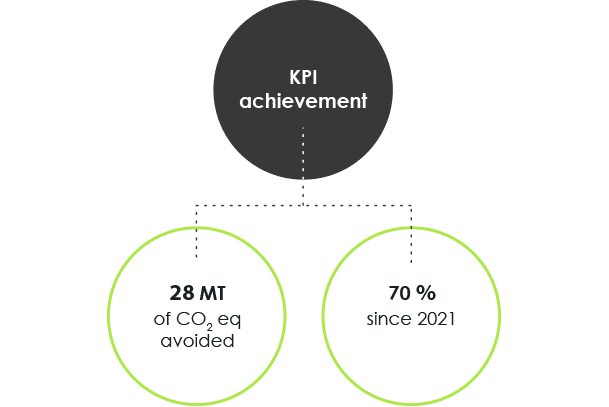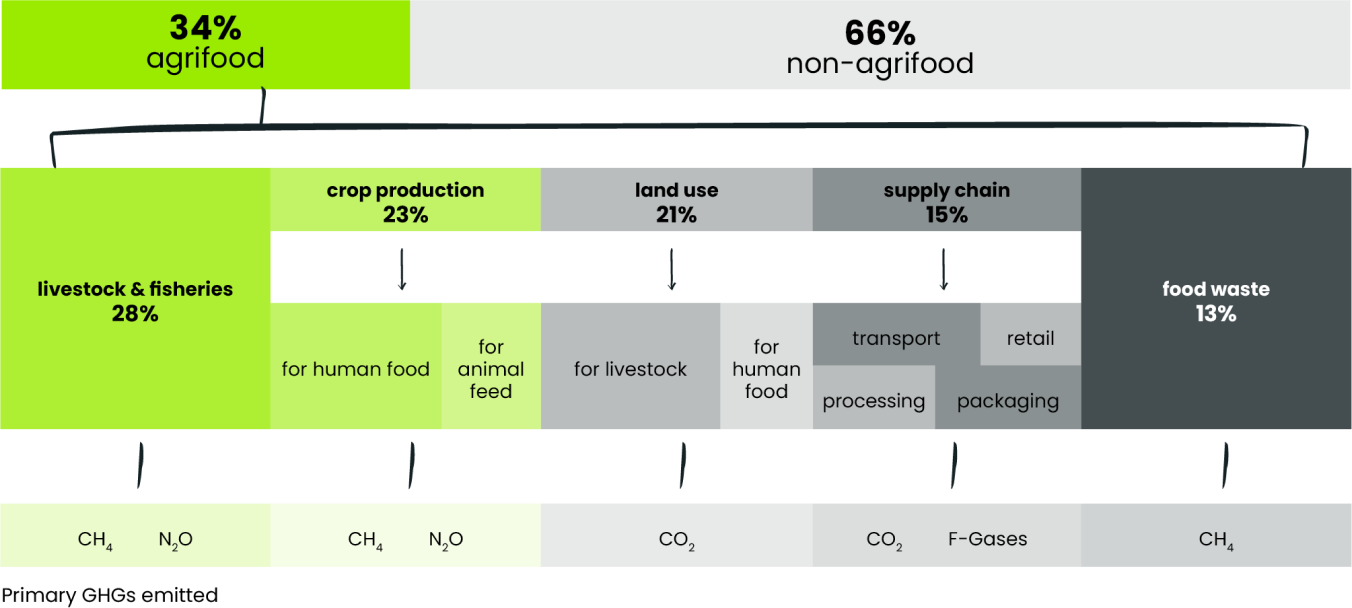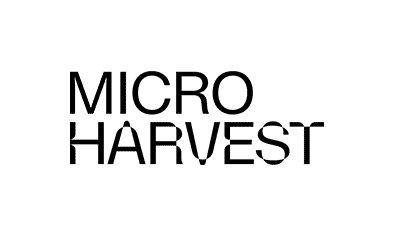GHG Emissions
While the agrifood system is one of the major drivers of climate change (responsible for one third of total global GHG emissions) it is also extremely vulnerable to climate change – rising temperatures pose a significant threat to the stability of the global food system.

Portfolio companies addressing GHG Emissions KPI
About
GHG Emissions
While one of the greatest contributors to climate change, agrifood is also one of the sectors most vulnerable to a changing climate as food production is directly dependent on climate and water cycles. Transforming the agrifood system not only presents an opportunity for reducing carbon emissions, it also enables an efficient solution for large scale carbon sink.
Under the right conditions, agriculture provides a range of environmental services that help mitigate against and reverse the effects of climate change. Innovations in agriculture have the potential to boost regenerative agriculture practices which balances the carbon cycle and draws down the carbon in the atmosphere, increasing carbon storage in plants and soils. In order for agrifood to contribute to the international climate goals of limiting global warming to 2 ºC, significant changes need to be made to how we farm, eat and manage our soil, waste and forests to transform soils into natural carbon sinks.
While carbon dioxide (CO2) is the primary contributor to climate change and the most widely recognized greenhouse gas, the agrifood sector emits other, more potent greenhouse gases including methane (CH4), nitrous oxide (N2O) and fluorinated gases (F-Gases).
Breakdown of GHG Emissions
for the Agrifood Sector
The agrifood system emits 18Gt of CO2e on average per year, 1/3 of GHG emissions emitted per year globally.

Our
Focus
Company Emissions:
We actively support our investees in measuring and reducing their company carbon footprint – the scope 1, 2 and 3 emissions. The carbon footprint of our investees tends to be small but will grow with the expansion of the business (e.g. more employees, larger offices, increased production). Mindful of this, we work hand-in-hand with investees to maintain GHG emissions to the lowest level and increase efficiency across their value chain.
Avoided Emissions:
At Astanor we actively invest in companies providing solutions that decarbonize the agrifood industry. Our focus lies on measuring the positive impact of our portfolio companies through avoided emissions (“scope 4”).
Through investing in solutions that actively reduce the carbon intensity of the agrifood system, Astanor aims to transform the sector from being one of the largest causes of climate change to one of the greatest remediations.
















